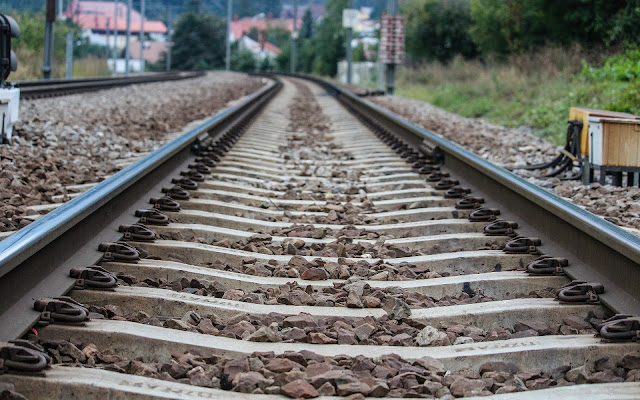Fact about Burj Khalifa || Engineering Facts
Helwo Engineers! Here some interesting facts about Burj Khalifa, you might know.
i). Burj Khalifa is the tallest building in the world with an architectural height of 2716.5 feet or 828.0 meters. Its occupied height (height of the floor occupied by people) is 1918 feet or 584.5 meters. Its total height measured from its tip is 2723 feet or 829.8 meters.













